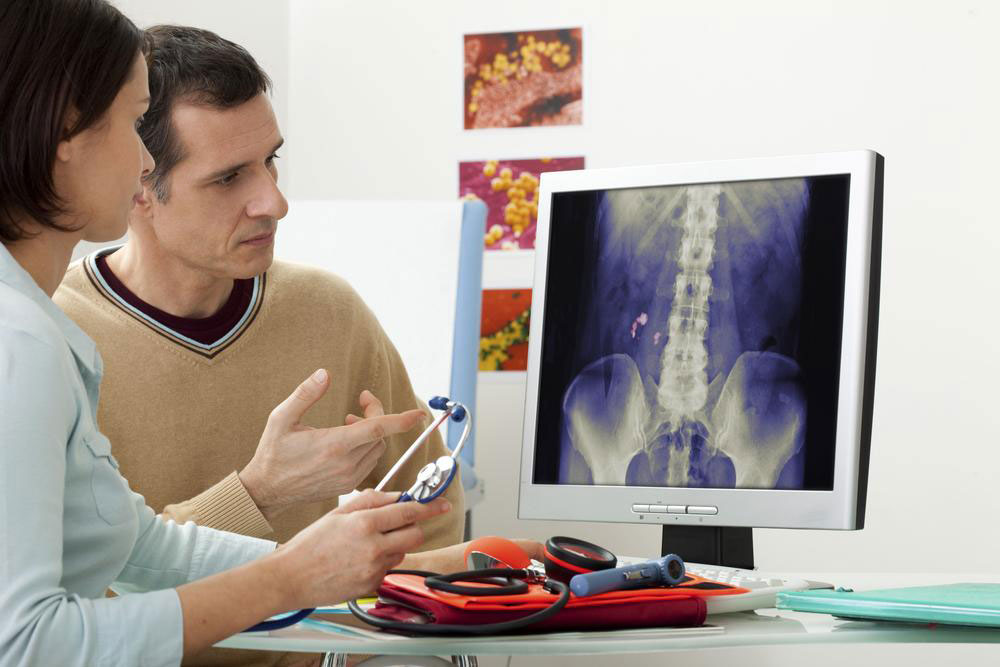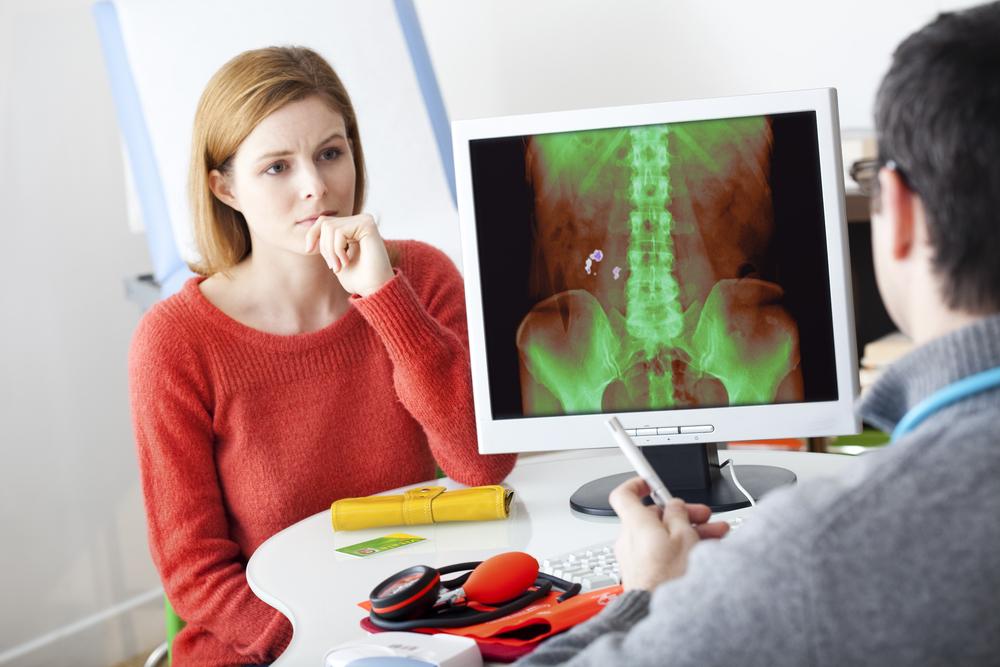Effective Strategies for Kidney Stone Management
Learn comprehensive methods for kidney stone prevention, diagnosis, and treatment. Understand risk factors, symptoms, and medical options like lithotripsy, ureteroscopy, and surgery. Discover lifestyle tips to reduce recurrence and when to seek medical help for severe symptoms.

Managing Kidney Stones Effectively
Kidney stone management
The kidneys play a crucial role in filtering waste from the blood, which forms urine. When certain waste substances accumulate and the fluid intake is insufficient, these wastes can combine to form stones. Men are generally more susceptible than women. Factors increasing risk include:
Previous kidney stones history
Family history of stones
Insufficient water consumption
High intake of sodium, sugars, or potassium
Obesity
History of intestinal surgeries
Polycystic kidney disease
Conditions causing high levels of uric acid, oxalates, calcium, or cystine in urine
Joint and bowel swelling issues
Use of diuretics or calcium-based antacids
Symptoms of large kidney stones include:
Pain during urination
Blood in urine
Severe pain in back or lower abdomen
Nausea or vomiting
If experiencing these symptoms, consult a healthcare professional promptly.
Prevention is key. Staying well-hydrated by drinking at least 12 cups of fluids daily helps prevent stones. Those with kidney conditions should consult their doctor for fluid restrictions. Limiting salt, animal proteins, and specific dietary adjustments based on stone composition can also reduce risks.
Removing or dissolving kidney stones depends on their size and type. Small stones may pass naturally with increased fluid intake. Larger stones or blocked urinary tracts often require medical intervention:
Extracorporeal Shock Wave Lithotripsy (ESWL): This non-invasive procedure uses shock waves to break stones into passable pieces, typically done under anesthesia.
Ureteroscopy: A thin tube is inserted to locate and remove or fragment the stone, often under anesthesia.
Percutaneous Nephrolithotomy: A surgical procedure involving inserting a tube into the kidney to extract larger stones; recovery lasts a few days.
Cystoscopy: A scope examines the bladder and urethra, removing or breaking stones, requiring a hospital stay.
Post-treatment, a ureteral stent may be placed to ensure urine flow. Tests on removed stones determine composition, guiding future prevention strategies. For specific stones:
Calcium stones may require surgery or medications like potassium citrate.
Uric acid stones respond to drugs like allopurinol and diuretics.
Struvite stones necessitate antibiotics.
Cystine stones often need antioxidants like mercaptopropionyl glycine.
Always discuss health history and medication side effects with your doctor to minimize risks related to treatment.
Note:
The information provided aims to educate and offer practical advice. It is not a substitute for professional medical guidance. Always consult a healthcare provider for proper diagnosis and treatment plans.










